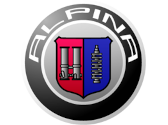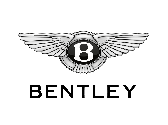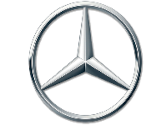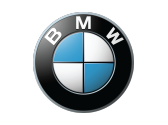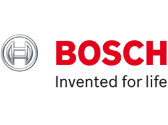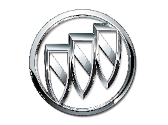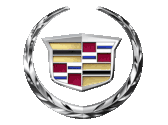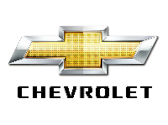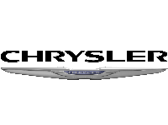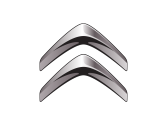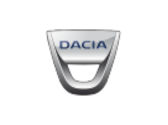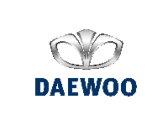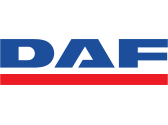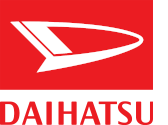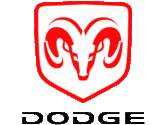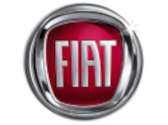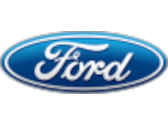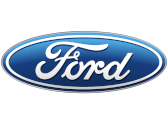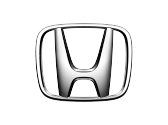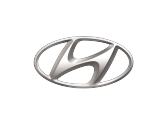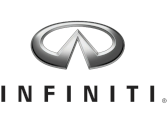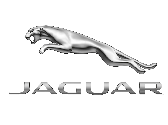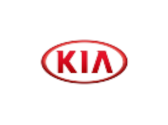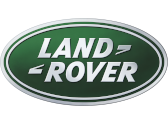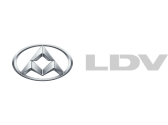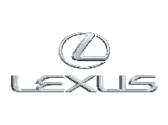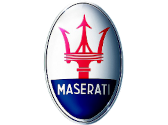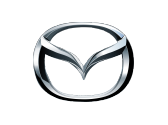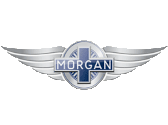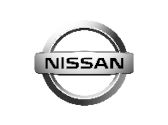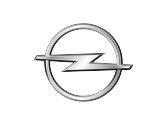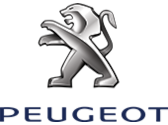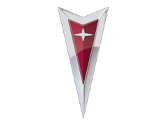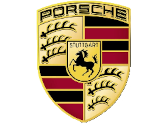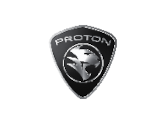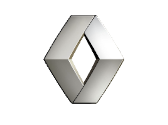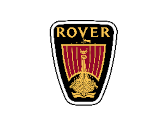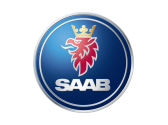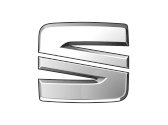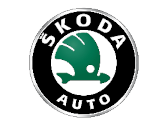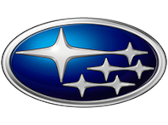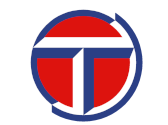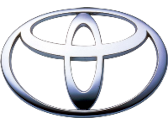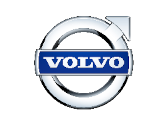Which brand are you looking for?

AC
AC
Available parts: 2
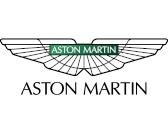
Aston Martin
Aston Martin
Available parts: 1
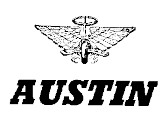
Austin
Austin
Available parts: 3

Autobianchi
Autobianchi
Available parts: 2

Bedford
Bedford
Available parts: 3

Denso
Denso
Available parts: 4

Glas
Glas
Available parts: 4

NIO
NIO
Available parts: 3
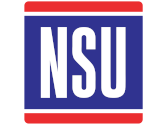
NSU
NSU
Available parts: 3

Plymouth
Plymouth
Available parts: 1

Tata
Tata
Available parts: 2

Trabant
Trabant
Available parts: 9
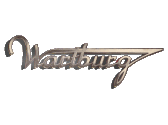
Wartburg
Wartburg
Available parts: 6

Zastava
Zastava
Available parts: 6
Wishbone: function and replacement of the wishbone on the car
Wishbones are found in the chassis area of many cars with independent wheel suspension. As part of the wheel suspension, the wishbone connects the body of the vehicle with the freely moving components such as the wheel carrier or steering knuckle. In this way, forces can be transferred from the wheels to the suspension, while the wheel continues to be guided vertically via the suspension. At the same time, forces acting transversely to the direction of travel are transferred to the body via the wheel. If the wishbones on the vehicle are defective or worn out, repair is indispensable.
What is a wishbone?
The wishbone is part of the car’s wheel suspension. In vehicles with independent wheel suspension, this component can be found in various designs with two or even three pivot points. They are always installed in the opposite direction to the wheels. In this way, the control arms can transfer forces from the wheel to the body transverse to the direction of travel.
In order to be able to absorb longitudinal forces, the wishbones of many cars are designed in the shape of a triangle. The so-called triangular control arms or also triangular wishbones are fixed via three movable attachment points. These attachment points of the triangular wishbones are in turn created via flexible bushings or ball joints.
The wishbone belongs to the category of axle control arms. Therefore, the terms axle control arm or simply the abbreviated form control arm are often used synonymously with the term wishbone. It should be noted that other types of control arms are used in wheel suspension apart from the wishbone.
Different versions of the wishbones available
Depending on the vehicle model, manufacturer and chassis design, different types of wishbones are used. These can differ in their shape, construction or also with regard to the respective wishbone length.
While some types of chassis use an upper and lower wishbone, others have a wishbone that also absorbs longitudinal forces. When selecting suitable replacement parts, it is decisive whether the wishbone on the front axle is to be replaced on the right or, for example, on the left rear. Front lower suspension wishbones may also differ in design from the rear lower wishbone.
On some vehicles, the bushings for bolting the wishbone are firmly pressed to it. In this case, the entire control arm must be replaced once the bushings are worn and become a problem. When looking for a suitable replacement, information such as the printed number of the component will help.
If the wishbone is defective
Due to various causes, the car’s wishbones can wear out over time. Damage to the component can also occur due to contact, overloading or as a result of an accident. If one or more of the car’s wishbones are defective, this may be indicated by symptoms such as reduced driving comfort, noticeable noises or problems when steering.
Repairing individual components of the chassis, for example by welding the wishbones, is not permitted or advisable in most cases. It is better to replace components such as a defective axle control arm with a suitable original part. Often, axle control arms can be bought second-hand in order to save costs compared to a new component.
Possible signs of defective wishbones:
- Rocking of the chassis during steering movements
- Cracking sound when turning the steering wheel
- Steering wheel feels spongy when driving
- Rattling or clattering of the axle suspension on bumps
- Wear on the wheels shows up clearly unevenly
- Wheel suspension shows increased play
Replacing the wishbones on the car
If the wishbones on the car are worn or damaged, the components should be replaced promptly. All work on the wheel suspension is not uncomplicated and, depending on the vehicle, special tools are required. Nevertheless, expert car mechanics with the appropriate equipment are happy to change the wishbone themselves.
To change the front lower wishbones, the car must first be jacked up or driven onto a lifting platform. Then the wheel can be removed to gain access to the suspension components. Depending on the vehicle, the repair can be carried out as described below.
Replacing the right-hand triangular wishbone on the front axle
The exact procedure for replacing defective wishbones may differ depending on the type of wishbones and the design of the respective wheel suspension. For example, on a front axle with a triangular wishbone, it may be necessary to first loosen a clamping screw of the ball joint on the steering knuckle.
The ball joint can then be removed from the steering knuckle using the lever. After securing the steering knuckle against turning, the screw connections of the damping bushings on the control arm can be loosened. The defective wishbone can now be replaced by a suitable overhauled or used component.
Fitting new wishbones to the vehicle
The assembly of the newly procured wishbone is carried out in the reverse direction. Here, all screw connections are tightened to the intended torque. Professionals generally use new nuts and bolts for all connections to the steering and body when installing the spare parts.
Sometimes it is a good idea to also check the axle control arms on the other wheels and replace them with a new part if necessary. It is also easier to replace other defective car parts if the wishbone has been dismantled anyway. After fitting new wishbones, the suspension should be re-adjusted and adjusted if necessary.
The following causes are possible for defective wishbones
- Wear on the bearing bushes of the wishbones
- Load due to other defective part such as broken strut bearing
- Corrosion due to wetness and road salt
- Damage due to the car touching down on the wishbone
- Overloading or frequent off-road use
- Damage after an accident
Buy matching wishbones used
Defective or worn control arms should be replaced as soon as possible. If you need to keep an eye on costs, you can buy cheap used wishbones. Car parts such as wishbones are often dismantled and offered for sale as part of environmentally friendly car recycling.
At Autoparts24.eu you will find a wide range of suitable OEM spare parts for many vehicle brands. For example, if you want to buy an axle control arm, you can easily select the right spare part by entering the key number from the vehicle registration document.
The wishbones suitable for the respective model are then clearly listed with all the information. When buying wishbones, it is important to note for which position in the direction of travel the wishbone is required. Often, a number printed on the part, such as the OE number, helps to make the right choice.

_logo.png)

